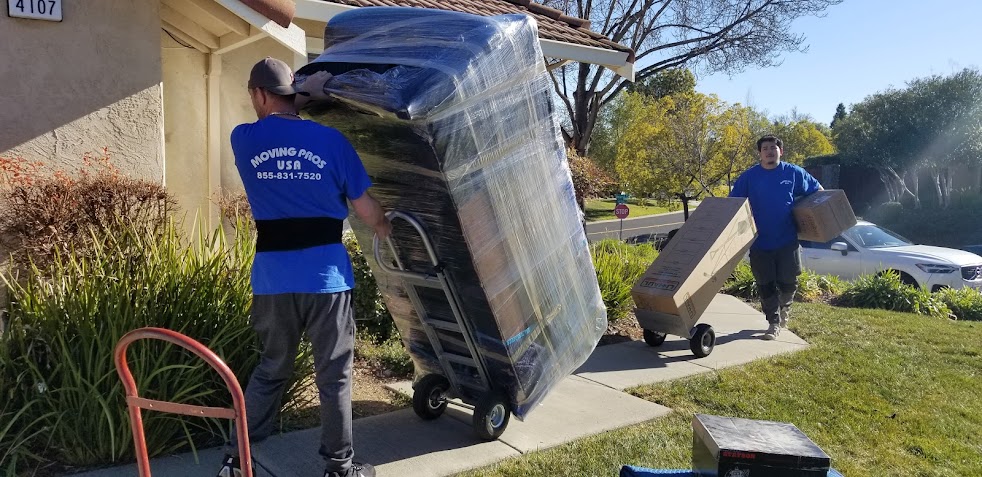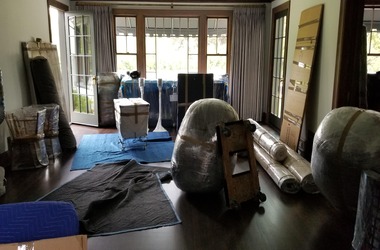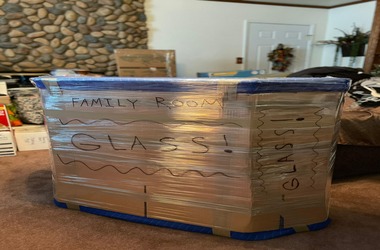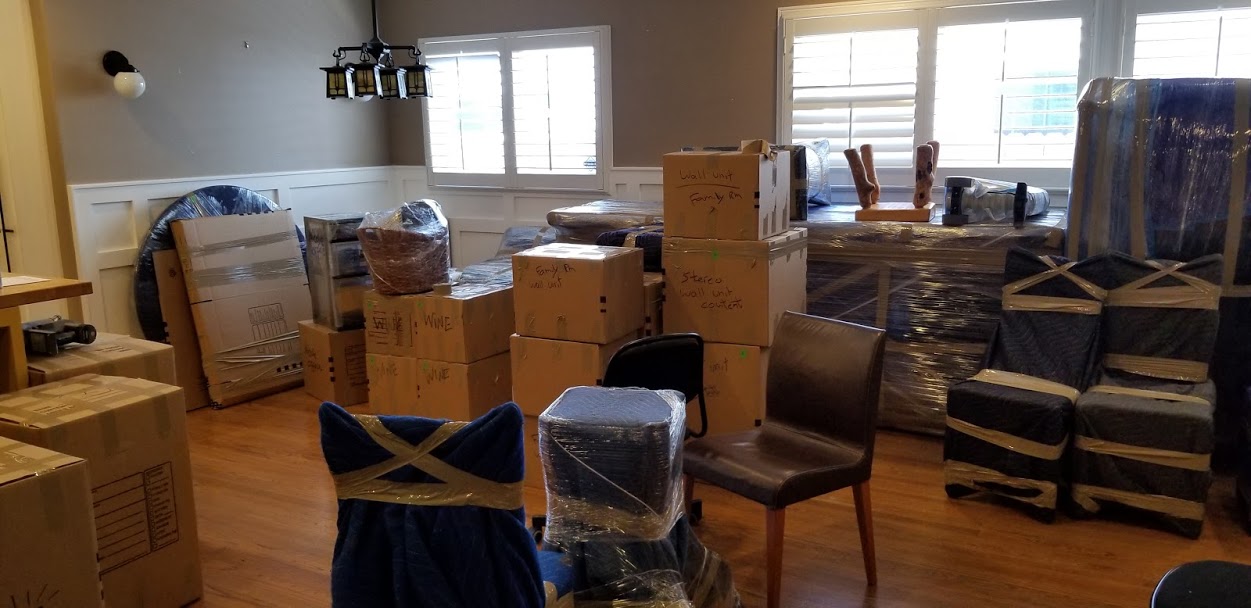When it comes to protecting your valuables, climate-controlled storage units can be a game changer. You might not realize how much temperature and humidity fluctuations can damage your belongings over time.
These units offer a consistent environment that safeguards sensitive items from potential harm. But what types of items truly benefit from this kind of protection?
The Benefits of Climate-Controlled Storage Units
Climate-controlled storage units offer unmatched protection and peace of mind for anyone storing valuable or sensitive items. Here are the key advantages:
Protection Against Environmental Damage
- Maintains stable temperature and humidity levels year-round
- Prevents mold, mildew, rust, and warping of delicate items
- Ideal for antiques, artwork, electronics, and musical instruments
Enhanced Security and Peace of Mind
- Often located in facilities with upgraded surveillance and controlled access
- Reduces the risk of theft or unauthorized entry
- Gives you confidence that your belongings are secure and well cared for
Long-Term Value and Convenience
- Prevents costly damage and the need for repairs or replacements
- Preserves the condition and value of stored items over time
- Offers a worry-free solution, especially for long-term storage needs
Investing in climate-controlled storage is a smart way to protect what matters most—whether it’s sentimental, functional, or financial.
Items That Require Climate Control
Storing certain belongings in a climate-controlled unit is essential to prevent damage caused by extreme temperatures and humidity. These controlled environments help preserve the condition and lifespan of sensitive items.
Electronics
- Computers, TVs, and gaming systems
- Susceptible to moisture damage and overheating
Wood and Leather Furniture
- Can crack, warp, or rot from humidity changes
- Leather may dry out or develop mold
Artwork and Photographs
- Sensitive to light, heat, and moisture
- Risk of fading, smudging, or deterioration
Musical Instruments
- Require consistent temperature and humidity
- Wood and strings can warp or lose tension
Wine and Collectibles
- Temperature swings affect taste and quality
- Some collectibles lose value with environmental exposure
Important Documents
- Paper can yellow or grow mold in damp conditions
- Ink may run or fade over time
Using climate-controlled storage protects your investments and ensures these items stay in top condition for years to come.
Choosing the Right Climate-Controlled Storage Facility
Protecting your valuables starts with selecting a facility that maintains consistent climate conditions and provides strong security. Here’s what to look for:
Climate Control and Monitoring
- Consistent temperature and humidity regulation
- Backup generators to maintain climate during power outages
- Digital monitoring systems for accurate control
Security Features
- Gated entry and secure access control
- 24/7 surveillance cameras and well-lit premises
- Individual unit alarms for added protection
Facility Quality and Maintenance
- Visit in person to check for cleanliness and upkeep
- Well-maintained buildings indicate better care of stored items
Reputation and Customer Feedback
- Read online reviews and ratings
- Ask friends or local businesses for recommendations
Pricing vs. Value
- Compare costs, but weigh them against facility features
- Quality protection is worth the investment for sensitive items
Choosing a reputable and well-equipped facility ensures your belongings stay protected, no matter the season.
Investing in a climate-controlled storage unit is a smart move for anyone looking to preserve the condition, value, and longevity of their most sensitive belongings. Whether you’re storing electronics, antiques, artwork, or documents, choosing the right facility with reliable environmental controls and strong security can give you peace of mind.
With the right precautions and a dependable storage partner, your valuables can remain safe and well-maintained through every season.













